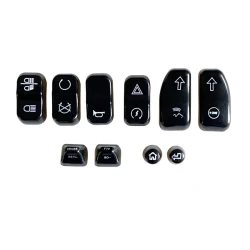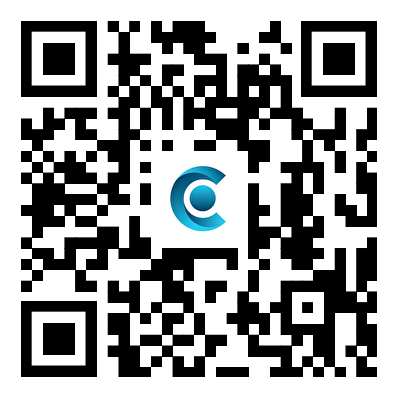Here are the main components associated with motorcycle handlebars and controls
2024-01-09
Motorcycle handlebars and controls play a vital role in a rider's ability to operate and control the motorcycle. Here are the main components associated with motorcycle handlebars and controls:
1. Handlebars:
- Types: Motorcycles come with different types of handlebars, including flat bars, raised bars, clip-on bars, and cruiser-style bars. The choice of handlebars can affect the rider's posture and the overall feel of the motorcycle.
2. Grips:
- Material: Grips are typically made of rubber or other materials to provide a comfortable and non-slip surface for the rider's hands.
- Heated Grips: Some motorcycles may come equipped with heated grips, which can be beneficial in cold weather to keep the rider's hands warm.
3. Throttle:
- The throttle is a control on the right handlebar that regulates the engine's speed. Twisting the throttle increases the engine's power, and releasing it reduces the speed.
4. Front Brake Lever:
- The front brake lever, usually on the right handlebar, controls the motorcycle's front brake. It is a critical component for slowing down or stopping the motorcycle.
5. Clutch Lever:
- On motorcycles with manual transmissions, the clutch lever is on the left handlebar. It is used to disengage the clutch, allowing the rider to shift gears.
6. Handlebar Switches:
- These include various buttons and switches on the handlebars that control different functions. Common functions include turn signals, horn, high/low beam headlights, and sometimes cruise control.
7. Mirrors:
- Mirrors are mounted on the handlebars to provide the rider with a view of the rear and side traffic. Proper adjustment is essential for effective use.
8. Handlebar Risers:
- Some riders may choose to install handlebar risers to raise or reposition the handlebars for improved comfort and control.
9. Choke Lever:
- On motorcycles with carbureted engines, a choke lever may be present on the handlebars. It helps enrich the air-fuel mixture for easier starting in cold conditions.
10. Start/Stop Switch:
- A switch typically located on the right handlebar controls the ignition and allows the rider to start or stop the engine.
11. Kill Switch:
- This is another switch on the handlebars that allows the rider to quickly cut off power to the engine in case of an emergency or to turn off the motorcycle.
It's important for riders to be familiar with the location and operation of these controls. Regular maintenance and checks should be performed to ensure all components are in good working order, promoting safe and efficient motorcycle operation. Additionally, riders should be aware of the specific features and controls unique to their motorcycle model.



